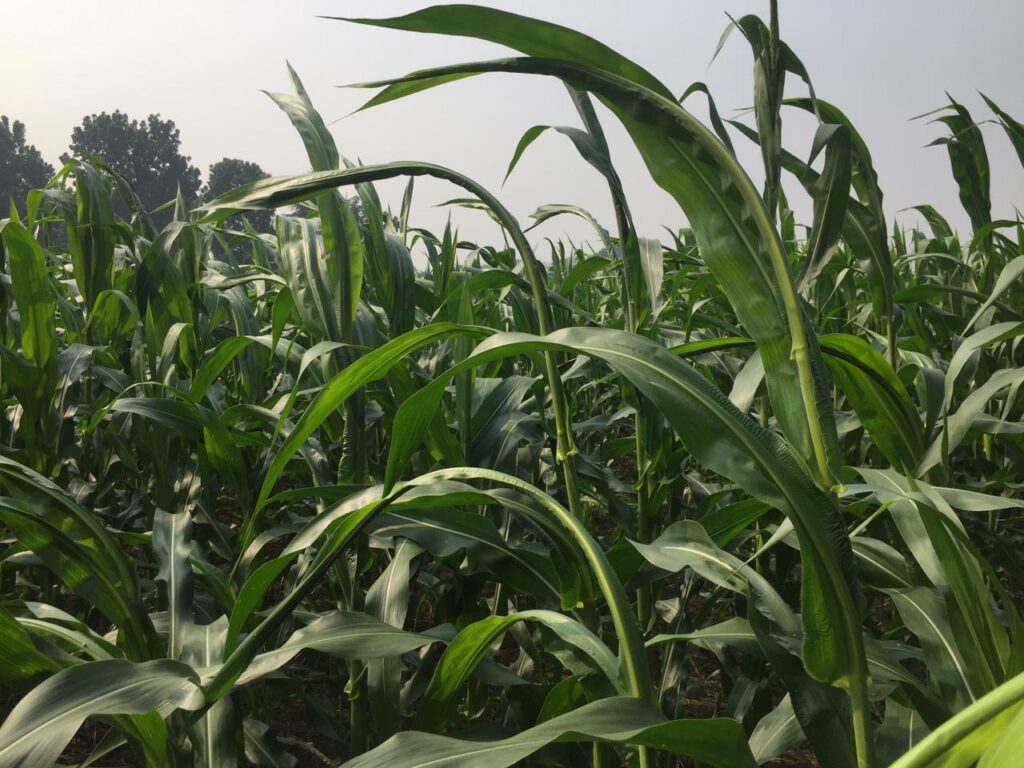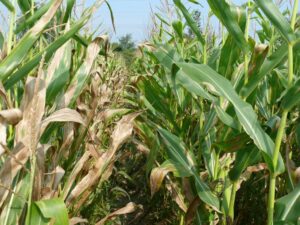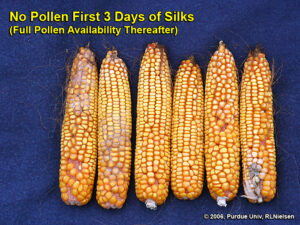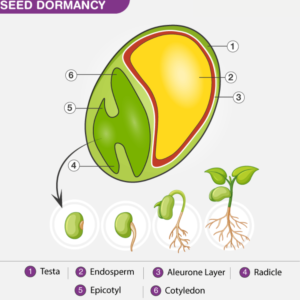Discovering the Factors Behind Corn’s Rapid Growth Syndrome
Rapid growth syndrome in corn can be a perplexing issue for farmers, often causing leaves to tightly wrap and twist within the plant’s whorl. This phenomenon primarily arises from a sudden shift in weather, typically when cooler temperatures swiftly transition to warmer conditions. As a result, the plant’s growth rate accelerates abruptly, leading to the emergence of new leaves that struggle to unfurl properly. This struggle manifests in the form of twisted whorls, which can hinder the plant’s growth and development. While this condition is commonly observed during the V5-V6 growth stages, it can persist until the V12 stage in some cases. Understanding the causes and consequences of rapid growth syndrome is crucial for farmers to effectively manage their corn crops.
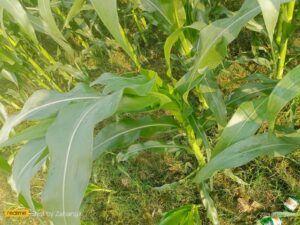
Causes of Rapid Growth Syndrome:
Unveiling the Triggers Behind Corn’s Whorl Woes
Rapid growth syndrome primarily stems from the plant’s inability to cope with sudden temperature changes. When cool temperatures give way to warmer weather, corn plants undergo a rapid growth spurt. However, this accelerated growth leads to the formation of new leaves that struggle to emerge from the whorl, resulting in their entanglement and twisting. This entrapment of leaves within the whorl causes visible deformities, such as tightly wrapped and twisted foliage. While weather fluctuations serve as the primary trigger, certain herbicides, particularly growth regulators and acetamides, can exacerbate the condition, leading to further leaf distortion. Additionally, genetic predispositions may render some corn hybrids more susceptible to rapid growth syndrome than others.
Impacts of Rapid Growth Syndrome:
Assessing the Long-Term Effects on Corn Yield and Development
Despite the initial setbacks caused by rapid growth syndrome, affected corn plants typically rebound within a few days. The emergence of new leaves, albeit initially yellow due to their confinement within the whorl, heralds a return to normalcy. With exposure to sunlight, these leaves quickly regain their green hue and continue their photosynthetic functions. However, the remnants of rapid growth syndrome may linger throughout the growing season, with affected leaves retaining a wrinkled appearance near their bases. While individual plant development may experience slight delays, the overall impact on yield is minimal. Corn crops afflicted by rapid growth syndrome can still achieve satisfactory yields, provided they receive appropriate care and management.
Management Strategies:
Navigating Through Corn’s Whorl Woes with Effective Solutions
Managing rapid growth syndrome in corn necessitates a multi-faceted approach that addresses both environmental and agronomic factors. To mitigate the risk of rapid growth syndrome, farmers should closely monitor weather forecasts and anticipate temperature fluctuations. Implementing preventive measures, such as selecting corn hybrids less prone to the syndrome, can offer a proactive defense. Furthermore, adopting integrated weed management practices and exercising caution when applying herbicides can minimize the risk of exacerbating leaf distortion. Timely intervention, such as manually unfurling twisted leaves or providing supplemental nutrients to support plant recovery, can aid in alleviating symptoms and promoting healthy growth. By incorporating these strategies into their cultivation practices, farmers can effectively manage rapid growth syndrome and optimize the productivity of their corn crops.
Conclusion:
Nurturing Corn Crops Through the Trials of Rapid Growth Syndrome
Rapid growth syndrome presents a temporary challenge for corn farmers, characterized by the entrapment and twisting of leaves within the plant’s whorl. While weather fluctuations and herbicide exposure contribute to its onset, proactive management strategies can mitigate its impact on crop development and yield. By understanding the underlying causes and implementing targeted interventions, farmers can navigate through the complexities of rapid growth syndrome and foster healthy corn crops. Through vigilance, adaptability, and informed decision-making, farmers can overcome the challenges posed by rapid growth syndrome and cultivate thriving corn harvests.

